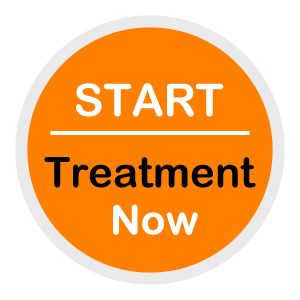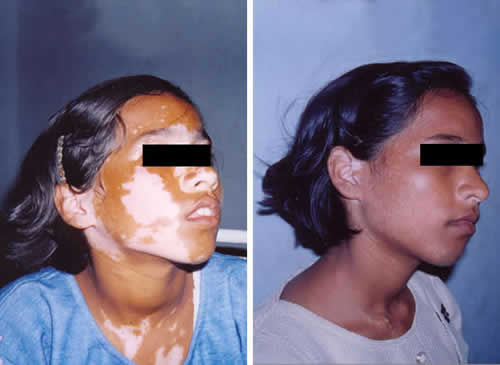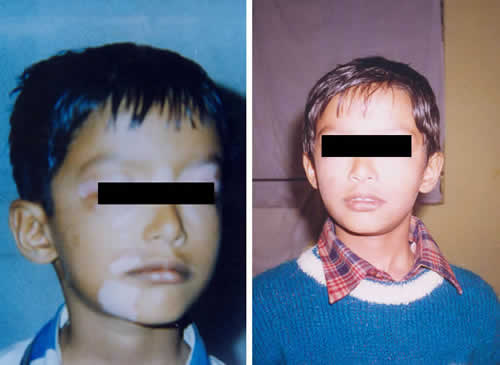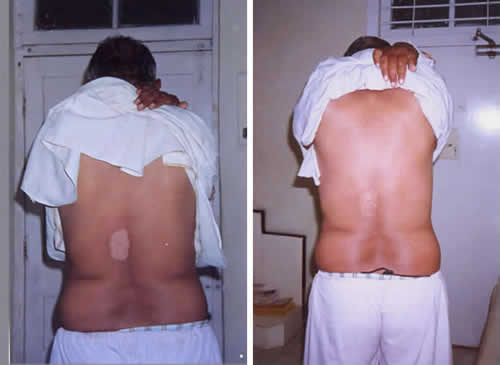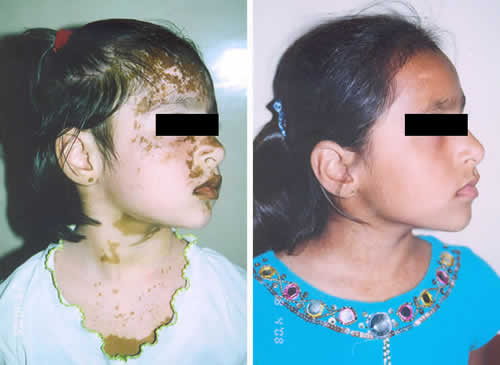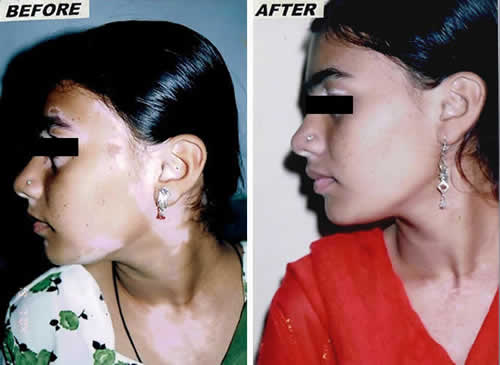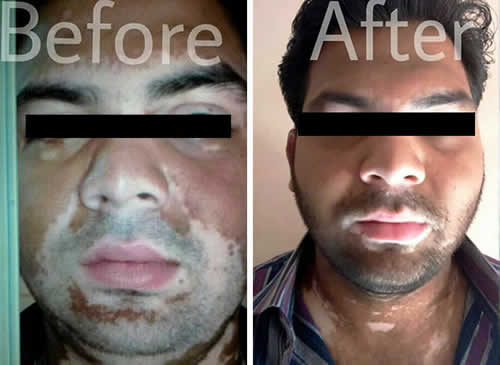Sleep Apnea
Sleep apnea syndrome (SAS) may be a condition presenting with several pauses in respiratory whereas an individual is asleep. The condition was initial represented in literature by Dickens within the Pickwick Papers and thence typically said because the pickwickian syndrome.
A person has SAS if he stop respiratory five or a lot of times in one hour whereas asleep. Or, if he stops respiratory thirty or a lot of times throughout a half-dozen hour sleep amount.
SAS 2 Types: Central and preventative (OSAS) :
In central selection, the airways keep open, whereas the chest muscles and diaphragm shut down. this happens principally once the metabolism centres inside the brain square measure impaired (as happens with medicine like hard drug, and different opiates).
Premature youngsters, persons on tranquilizers square measure a lot of liable to CSAS. preventative sleep disorder is that the most typical class of sleep-disordered respiratory. once sleeping, tone of the throat and neck, similarly because the overwhelming majority of all skeletal muscles, is reduced permitting the tongue and soft palate/oropharynx to relax. within the case of sleep disorder, this impedes the flow of air to a degree starting from light-weight snoring to finish collapse.
Conditions related to OSAS. :
-
- Enlarged tonsils or adenoids (EBV infections),
- Left roof of the mouth,
- Downs syndrome,
- Treacher Collins syndrome,
- Pierre Robin Sequence etc.
- Obesity.
Risk factors of SAS :
-
- Most adults with sleep disorder square measure rotund, with specific heaviness at face and neck.
- Men square measure a lot of usually affected than girls.
- Children and toddlers with defects like Down syndrome, congenital defect etc.
Apneas of sleep disorder syndrome
Symptoms :
-
- Excessive daytime temporary state
- Irritability
- Lack of concentration
- Sleep deprivation
- Increased pressure & heart condition
- Increased frequency of nocturnal elimination.
- Esophageal reflux and significant respiratory in the dark.
Obstructive sleep disorder Apneas :
-
- Loud snoring
- Daytime sleepiness
- Memory loss
- Limited attention
- Morning headaches
- Lethargy
Associated health issues :
-
- High pressure
- Stroke
- Heart attack
- Heart failure
- Pulmonary high blood pressure
- Diabetes
- Kidney failure
- Metabolic syndrome
- Oxidative stress
- Sudden death
Sleep Deprivation owing to sleep disorder and light sleep square measure common and might gift as sleep disorder, narcolepsy, or upset sleep disorder (increased sleepiness). In infants and youngsters sleep issues normally gift themselves as ADD or minimal brain dysfunction.
Conventional Treatment for sleep disorder syndrome :
Lifestyle changes, like avoiding alcohol and medications that relax the central systema nervosum (for example, sedatives and muscle relaxants), losing weight, and quitting smoking square measure enforced.
"Stabilizing" sleep routines (i.e., attend bed at identical time every night; attempt to sleep for the same range of hours, etc.)
Learning to play the didgeridoo (an Australian instrument that decreases the collapsibility of higher airways), will scale back severity of OSAS.
Postural changes :
To prevent sleeping on the rear simply roll alittle ball into the shirt. Stretching or elevating the Neck throughout sleep will improve the condition of sleep disorder. To stretch the neck a special pillow created for the aim will be used. This methodology effectively reduces snoring and improves sleep. Sleeping within the elevated upright position may facilitate in up the gas levels in overweight individuals with sleep disorder. thus elevating the top of the bed providing a slant for the rear may facilitate.
Oral drug medical care :
-
- Oral administration of the methylexanthine bronchodilator (chemically like caffeine)
- Use of anti-narcoleptic modafinil
- Neurostimulants by the utilization of pacemakers.
One methodology of treating central sleep disorder is with a special reasonably continuous positive airway pressure (CPAP) machine providing extra pressure throughout inhalation, as well as a Spontaneous / Time (ST) feature. This machine can mechanically deliver pressure to the patient if it fails to find a precise minimum range of breaths per minute.
Another methodology is that the use of dental appliances or devices, like a tongue retentive device, inframaxillary location splints or MORA (mandibular orthopedical location appliance.)
Surgical interventions: :
-
- Tonsillectomy, if the tonsils square measure enlarged enough to cause the obstruction.
- Uvulopalatopharyngoplasty (UPPP) removes the tonsils, flap (the tissue hanging from the rear of the roof of your mouth), and a little of the tongue.
- Laser-assisted uvulopalatoplasty (LAUP) uses optical maser to get rid of the flap and a part of the tongue. It will stop snoring, however might not stop OSA.
- Tracheostomy is employed in patients with severe OSA. A hole is created within the trachea through that a tube is inserted. this is often primarily a "last resort" used once all else has failing.
- Rebuilding the jawbone
- Surgery on the nose
- Surgery to treat fleshiness
Homeopathic Treatment for sleep disorder syndrome: :
Homeopathy is suggested for the treatment of sleep disorder syndrome. medical care addresses the underlying cause similarly because the Apneas that are literally the tip results of the unwellness method.
The Root Cause of Autoimmune Disease
It is our mission to provide each patient the best care in a kind, honest and compassionate manner.”
